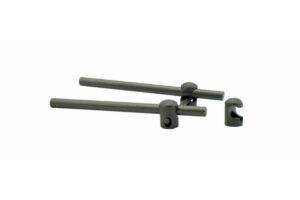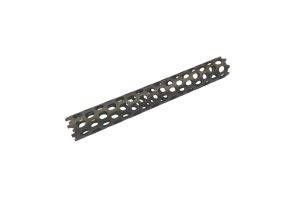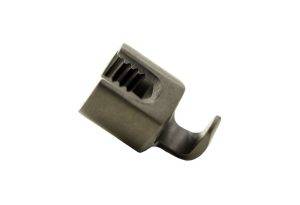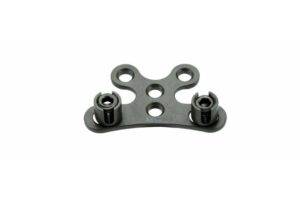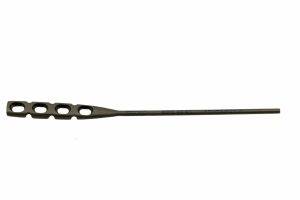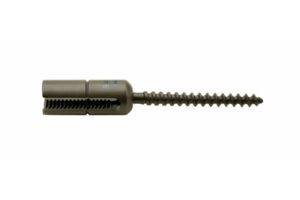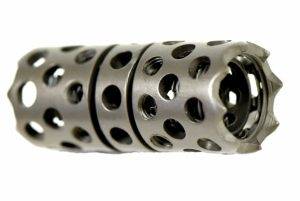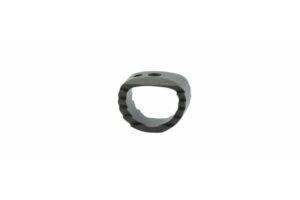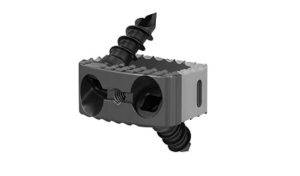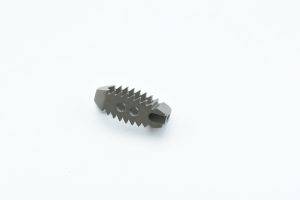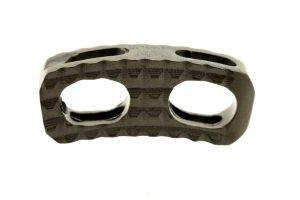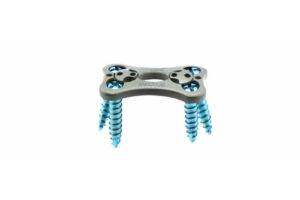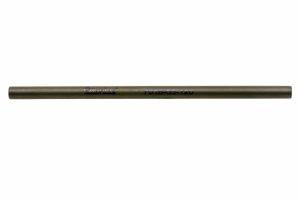ORTHOPEDIC IMPLANTS
Spinal Implants
Spinal implants are orthopedic implants designed specifically to stabilize, align & support the spine thereby reducing pain & improving range of motion. These medical devices are used in a variety of orthopedic surgical procedures to correct & treat conditions such as spinal deformities such as lumbar instability, scoliosis, spondylolisthesis, kyphosis etc; damaged discs due to degenerative disc diseases, spinal traumas such as vertebral fractures and spinal tumors.
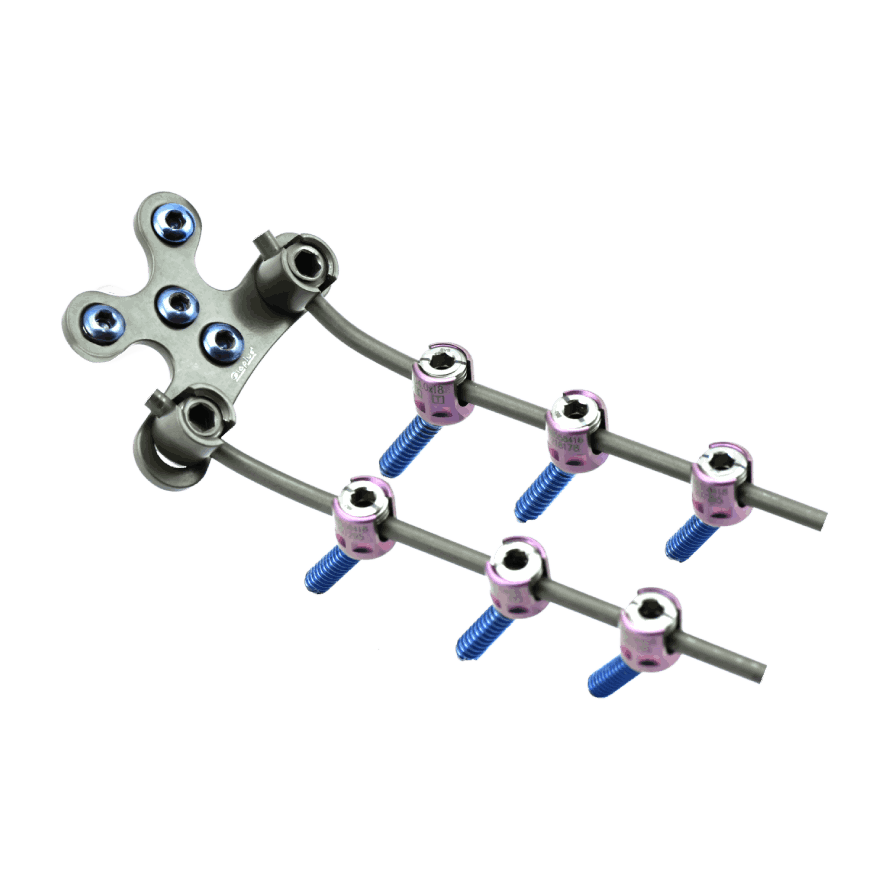
Frequently Asked Questions
Spinal implants are typically made of biocompatible materials, such as polymers, titanium or stainless steel, hydroxyapatite, etc. and are intended to be permanently implanted within the spinal column. Titanium is the preferred material for production of orthopedic implants like spinal implants as it offers high tensile strength and is considerably lighter than other materials.
Exact steps of spinal implants may vary from patient to patient and from implant to implant but generally spinal implants are installed during surgical procedure in which an experienced spinal surgeon makes a suitably sized incision over the affected area of the spine of the patient. The surgeon then separates muscles and surrounding soft tissue structures like ligaments etc. to expose affected vertebrae and spinal structure in order to gain access and provide visibility to the surgical site. The surgeon then partially or fully removes damaged or deformed spinal structure like discs and places implants like pedicles screws and attaches plates and rods to screws or artificial discs in place of the entire intervertebral disc. The implants like artificial discs are then securely fixed in position by the surgeon to allow for natural motion before closing the incision with sutures or staples.
Spinal implants are broadly classified in two categories namely fusion implants and non-fusion implants based on their intended purpose and mechanism of action.
Fusion Spinal Implants: Fusion implants are used to promote spinal fusion, a process in which two or more vertebrae are fused together to create a solid bone structure. The goal of fusion surgery is to eliminate motion at a specific spinal segment, stabilize the spine, and alleviate symptoms caused by conditions like degenerative disc disease, spinal instability, or spinal deformities.
The most common fusion spine implants include the following:
- Pedicle Screws: These screws are inserted into the pedicles of adjacent vertebrae and are used to provide stability while the fusion occurs. Rods or plates are connected to the pedicle screws to hold the spine in the desired position.
- Rods and Plates: These devices are used to connect the pedicle screws or hooks, providing additional support and maintaining alignment during fusion.
- Spinal Cages: These implants are inserted between vertebrae and filled with bone graft material. The cages restore disc height, provide stability, and facilitate fusion between the vertebrae.
Non-Fusion Spinal Implants: These orthopedic implants are designed to preserve the natural motion of the spine by replacing or augmenting the function of damaged or degenerated spinal structures.
The most common non-fusion spine implants include:
- Artificial Discs: These implants are used as an alternative to fusion in select cases. They are designed to replace the entire intervertebral disc and maintain normal range of motion at the treated level. Artificial discs typically consist of metal endplates with a plastic or metal insert that allows for movement similar to a healthy disc.
- Dynamic Stabilization Devices: These implants are used to provide stability to the spine while allowing controlled motion. They are often used in conditions where fusion is not desirable or appropriate, such as mild to moderate degenerative disc disease. Dynamic stabilization devices can include flexible rods, springs, or other mechanisms that permit limited movement.
Spinal implants typically do not require removal as they are designed to be placed permanently and are therefore not routinely removed. However, certain situations may necessitate the removal of spinal implants as a last resort e.g. unmanageable complications like infection, implant loosening or migration, hardware failure, or intolerance to the implant; failure to conservatively treat implant-related persistent pain or discomfort; revision surgery to address new spinal pathologies; end of functional life of implant or obsolescence due to technological advancements.
Spinal implants can be beneficial for a range of individuals who are experiencing spinal conditions or disorders that cause pain, instability, or loss of function caused by spinal instability due to trauma, deformities; degenerative disc disease, a condition characterized by the breakdown of spinal discs; herniated or bulging disc, where the disc material is pressing on spinal nerves; spinal stenosis, a narrowing of the spinal canal, can cause compression of nerves; spondylolisthesis is a condition where one vertebra slips forward over the one below it, and spinal tumors.

